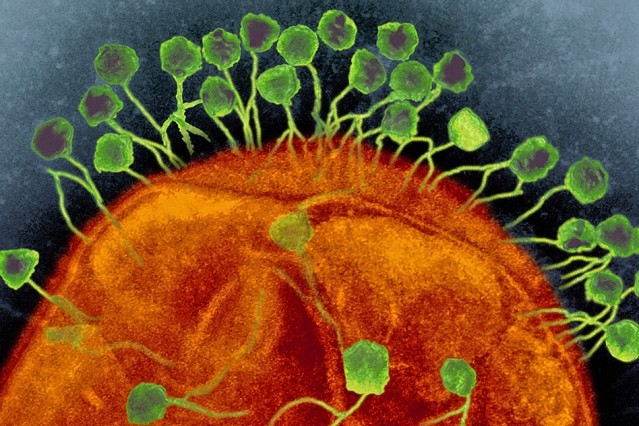Scientists have developed a most advanced molecular system to enable gene editing by a team of researchers from MIT's Brain Research, MIT and Harvard's Broad Institute, the National Institutes of Health and the Wageningen University in the Netherlands.
To date, scientists use the controversial CRISPR Cas9 protein method in order to cut away and replace human DNA. However, this new breakthrough technique uses the protein Cpf1 which is different from the CRISPR Cas9 to improve genetic engineering using a more powerful and simpler process.
In this new study, the CRISPR Cpf1 technique falls under a class 2 CRISPR system that is described as cleaving the DNA via a staggered DNA double stranded break.
According to lead author of the study Feng Zhang, this new technique uses enzymes that can aid in the engineering of human cells. The team also discovered two bacterial genomes called Lachnospiraceae and Acidominococcus inside the Cpf1 protein which can be inserted and edit DNA.
The study also further describes how different the Cpf1 and the Cas9 systems when it comes to how the proteins cut way DNA. Apparently, the Cas9 leaves "blunt ends" within the DNA strands that can cause serious mutations when they are linked back together while the Cpf1 can retain offset cuts that can allow short overhangs to be exposed from both ends of the genome. Scientists prefer this method for a more accurate DNA integration.
Researchers of this study are also proposing to share the Cpf1 system all over the world within free academic research. Last year, Zhang along with MIT and Harvard's Broad Institute won the the patent for the CRISPR technology despite researchers from University of California Berkeley conducted prior research about gene editing, sparking a controversial legal battle between the two academic groups.
Now, biotechnology companies are in a race to develop genome editing techniques and therapy using the CRISPR system.
However, legal experts say that the Cpf1 technique can be used under laboratory conditions and will not infringe the Cas9 patent. To date, the separate patenting of the CRISPR and Cpf1 systems are still uncertain, which may also be irrelevant since the only available system for use right now is the Cas9.
This new study is published in the journal Cell.



























